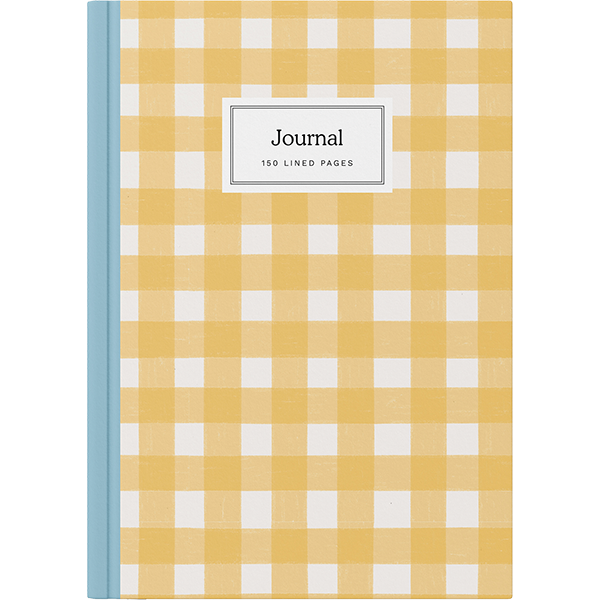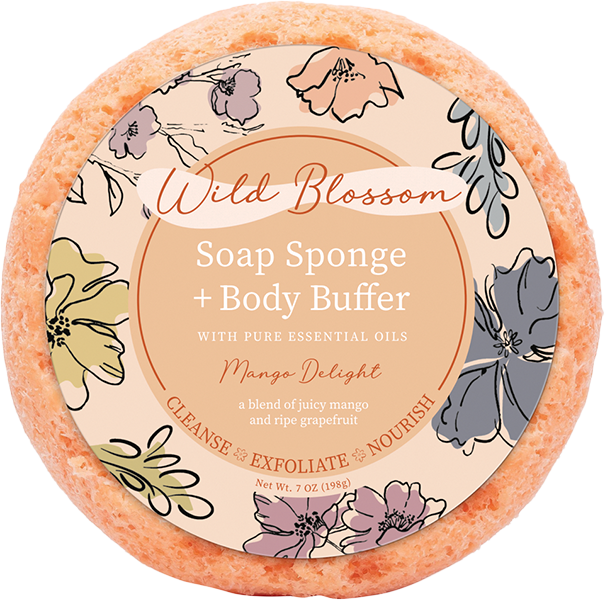
Overflowing with Beauty: Gardens and art converge at the Cummer Museum & Shop
An oasis where visitors can peruse elaborate gardens as well as art exhibitions exists at The Cummer Museum of Art & Gardens in northeast Florida.

The museum was established in 1958 following the death of Ninah Cummer, who devoted her life to collecting artwork with her husband. Upon Ninah’s death, she dedicated her Jacksonville, Florida, estate — including the house, gardens and art galleries — to transform into a museum, “a center of beauty and culture,” in her own words. Today, the museum offers visitors the opportunity to see more than 5,000 works of art against the backdrop of the historic gardens, which are open for tours.
The Cummer Museum’s mission is to engage, educate and inspire visitors through its art and gardens, and its gift shop is an extension of that. The Cummer Shop offers gardenware and art-centric products for visitors to remember their experience.
The shop’s mainstays span a wide range of products, from jewelry, kids’ items and stationery to apparel and seasonal gifts. Susan Tudor, director of retail and visitor experience at the Cummer Shop, explained that decorative yet functional items tend to perform well. Additionally, low-cost items that commemorate the experience — namely, artist buttons — are bestsellers for the shop.
“They’re relatively inexpensive and trendy,” Tudor said. “People of all ages put them on their jackets, on their backpacks, those kinds of things.”
Another top-performer is a customizable moon phase beaded bracelet from Moonglow Jewelry.
“If you want to remember a certain day — maybe it’s the birth of the child, a wedding day or just a lucky date for you — we have a book, you look up that date and year, and it gives you what phase the moon was on that day,” Tudor said.
POP-UP SHOPS
 While Tudor can count on permanent product categories to draw in customers, most popular are the Cummer Shop’s “pop-up shops” that correlate with the temporary garden and art exhibitions. In fact, the Cummer Shop was awarded “Best Pop-Up Store” by the Museum Store Association in May 2023.
While Tudor can count on permanent product categories to draw in customers, most popular are the Cummer Shop’s “pop-up shops” that correlate with the temporary garden and art exhibitions. In fact, the Cummer Shop was awarded “Best Pop-Up Store” by the Museum Store Association in May 2023.
“The bestsellers tend to be the items that support what’s going on in the museum at that moment in time,” Tudor said. “For example, we had an artist here for a special exhibition, and their book sold out on that day that they were here with us.”
Another notable exhibition was “Flamboyance,” a spring 2023 garden exhibition featuring 50 topiary flamingos — a Floridian staple — made of begonias. Tudor curated related items in the store — think flamingo key rings, pillows, puzzles and plush — and said “they just flew off the shelf.”
COMMUNITY-CENTRIC
Community is at the heart of the Cummer Shop. The store takes care to source products from regional artists, giving them a platform and contributing to their livelihoods.
“Because we bring in regional artists and local creatives in the community, by purchasing their goods, it also supports those local makers and artists,” Tudor said. “I think that’s a really important part of our mission.”
 Additionally, the Cummer Shop hosts several annual shopping events to engage visitors. For example, the shop participated in Museum Store Sunday on Nov. 26, 2023, a worldwide sustainable shopping experience featuring eco-friendly products and special discounts.
Additionally, the Cummer Shop hosts several annual shopping events to engage visitors. For example, the shop participated in Museum Store Sunday on Nov. 26, 2023, a worldwide sustainable shopping experience featuring eco-friendly products and special discounts.
Another popular event is its annual holiday “Champagne and Shop” following Thanksgiving.
“As the name suggests, we have champagne and nibbles available for our shoppers, with additional discounts throughout the store, as well as trunk shows brought in specifically for the two-day shopping event,” Tudor said.
Through its community events, exhibition-focused collections and everyday giftables, the Cummer Shop aims to round out the visitor experience with tangible memories of their time at the gardens and museum.
“We like to have fun in our museum, and I think that translates to our visitors wanting to have some fun and novelty with what they’re purchasing to take home and remember their experience at the museum,” Tudor said. “When they leave the museum, or when the special exhibit or the permanent collection is closed, [their purchase at the shop] reinforces and recalls memories of the art that they experienced in the museum.”























